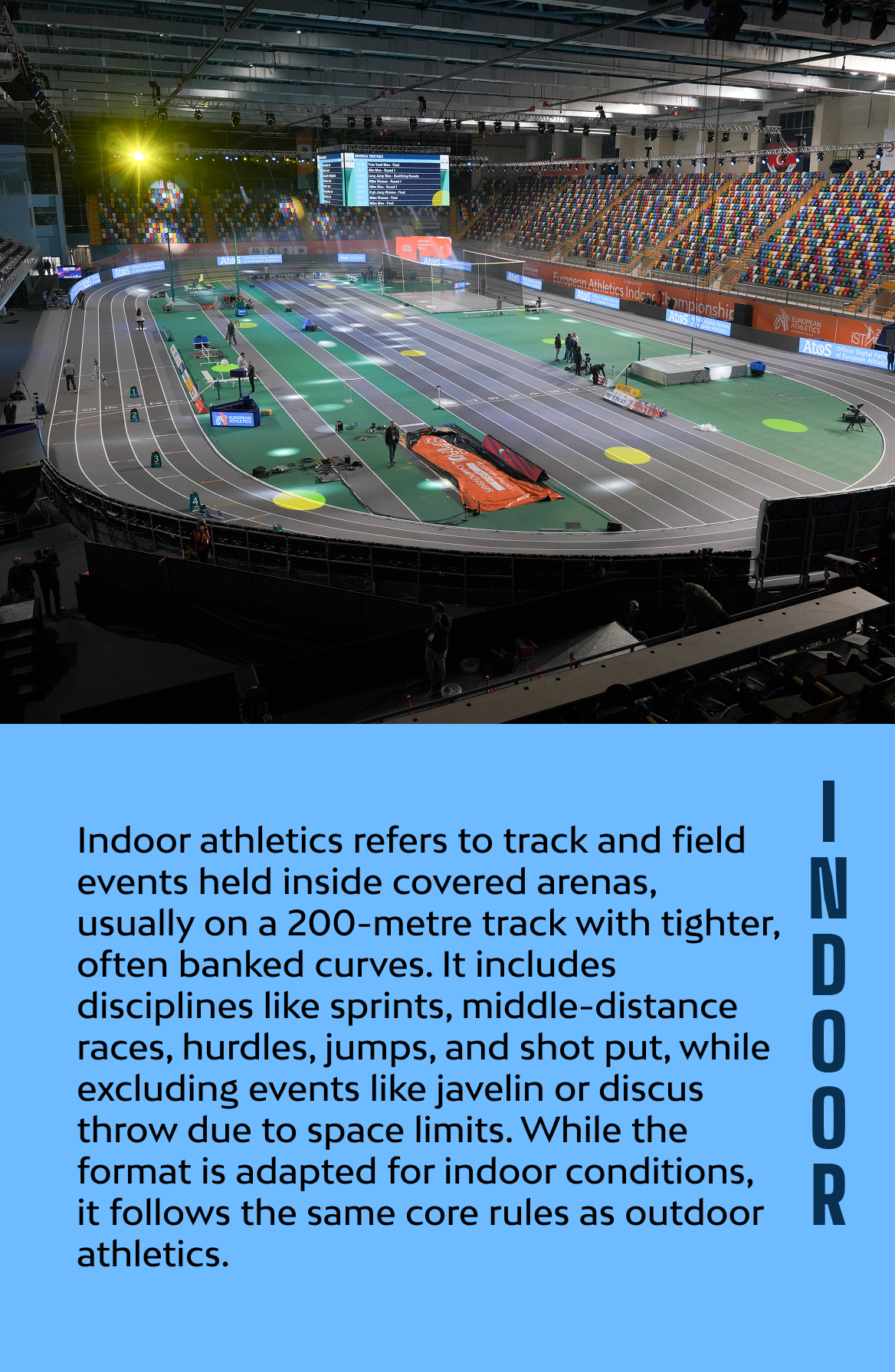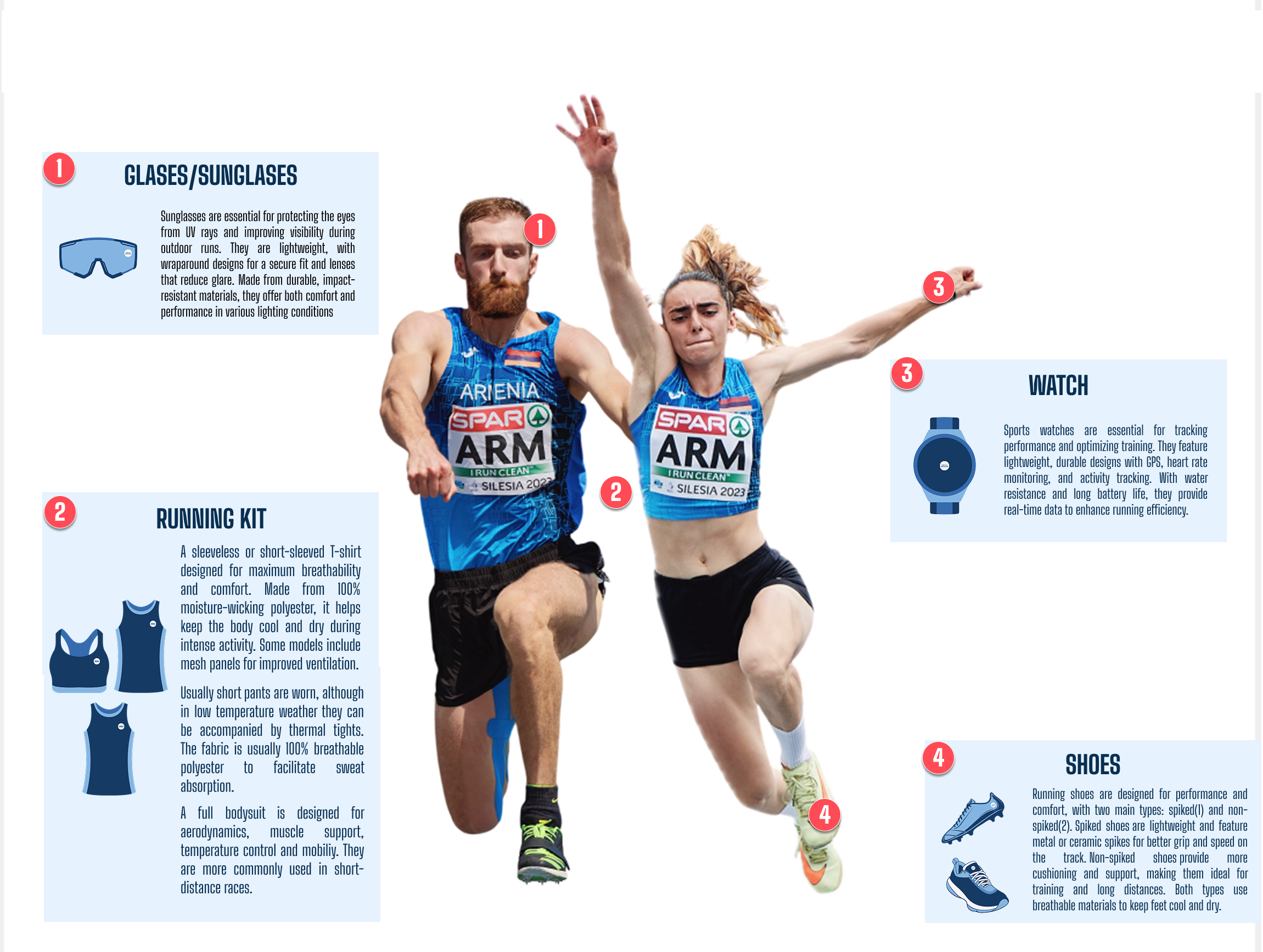In addition to the more widely known disciplines featured in major championships, athletics includes several other official events governed by World Athletics. One such event is cross country running, a long-distance race held on natural terrain such as fields, hills, and mud. Although it was last included in the Olympic Games in 1924, it remains a key part of the international calendar with its own World Championships.
In indoor athletics, adapted for smaller 200-metre tracks, events such as the 60 metres, 60 metres hurdles, men’s heptathlon, and women’s pentathlon are standard. These are staples of the World Athletics Indoor Championships and are particularly popular during the winter season. There are also alternative distances like the 300 metres or 1000 metres, often featured in youth competitions or indoor meetings.
In race walking, beyond the Olympic 20 km and marathon events, the 35 km race walk has recently replaced the traditional 50 km distance to ensure gender parity.
World Athletics includes these events to promote diversity and year-round competition, offering athletes varied challenges across different formats and conditions. Whether or not these events are part of the Olympics or outdoor World Championships depends on factors such as global participation, logistical feasibility, and spectator interest.

